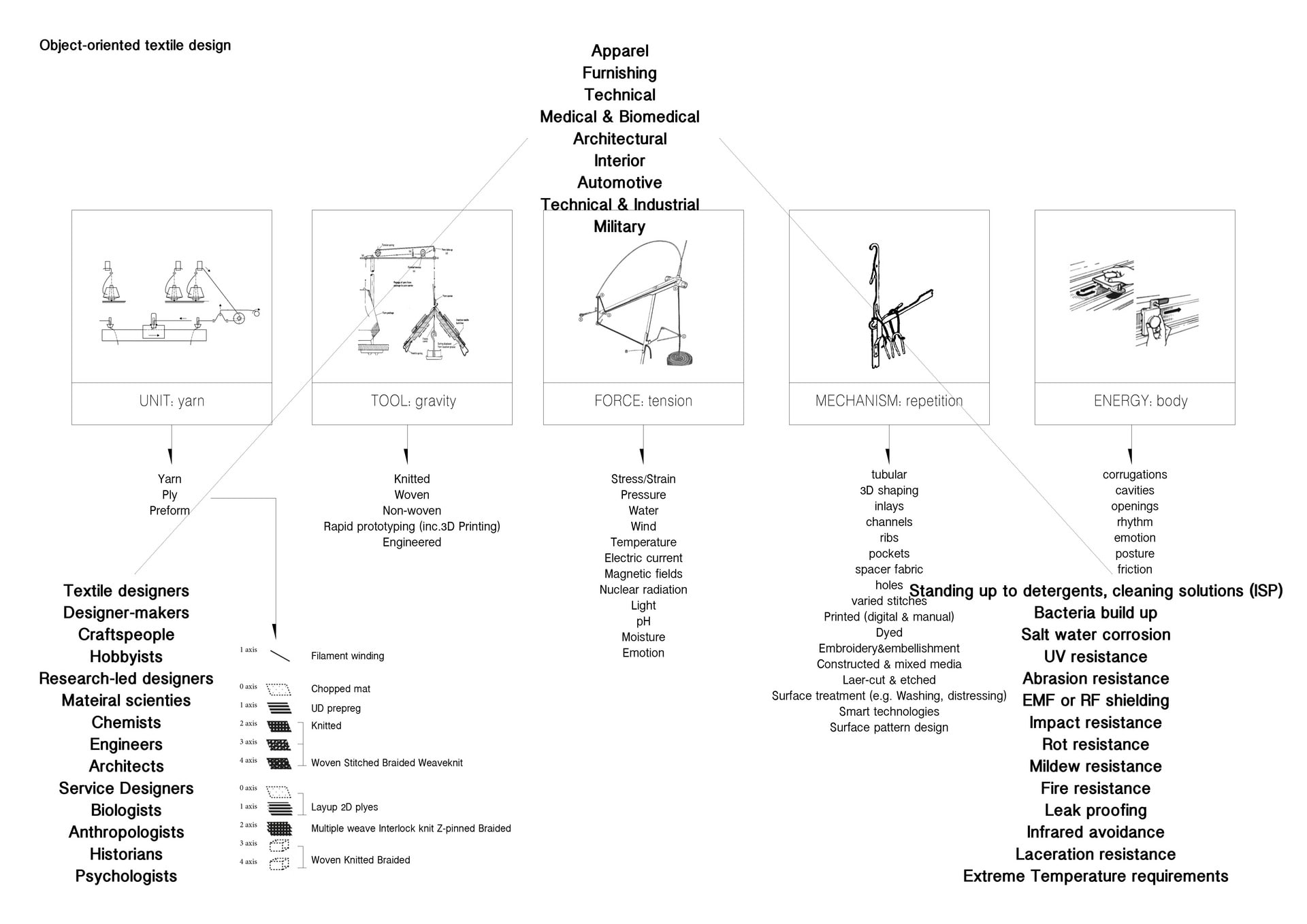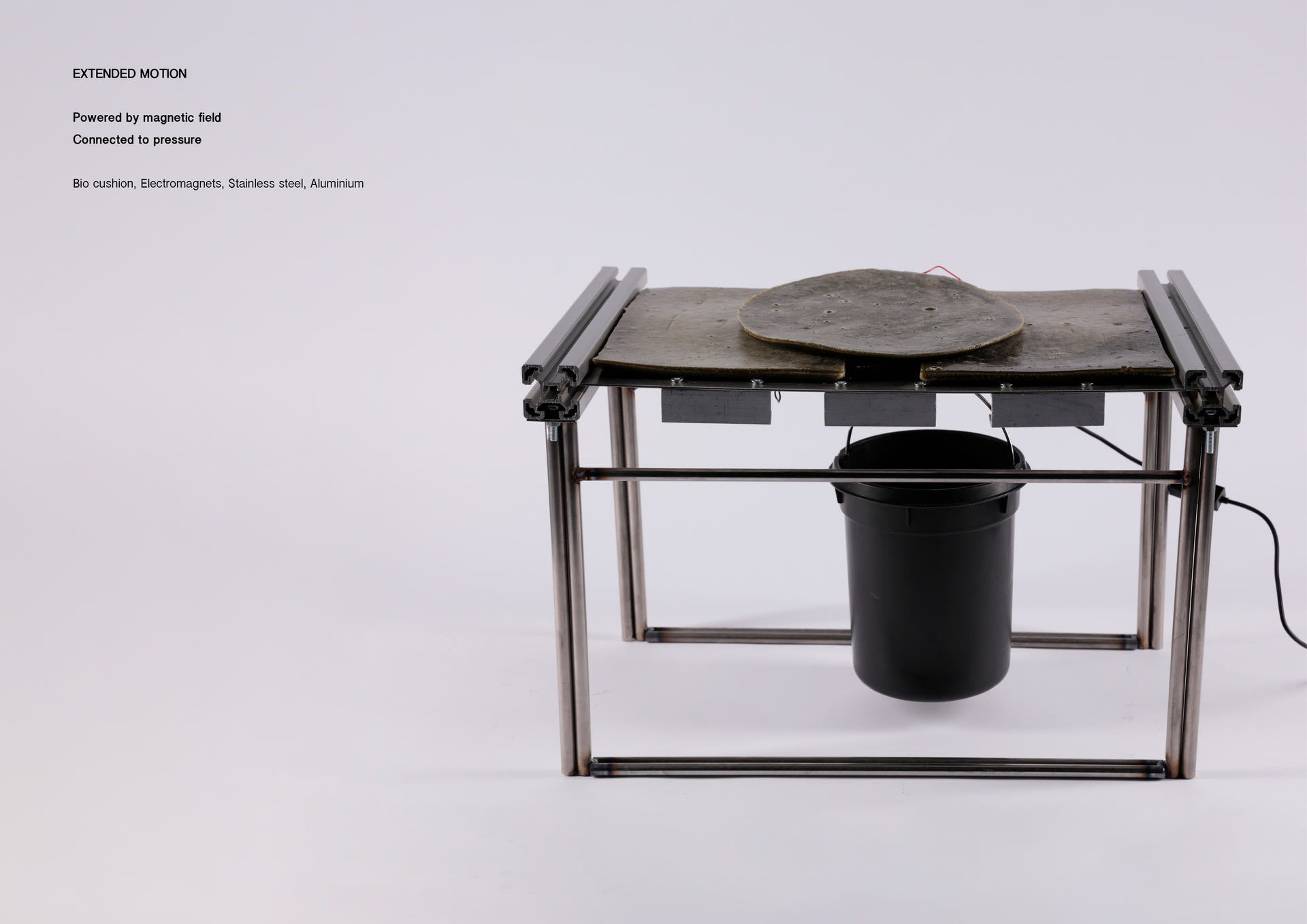Vicki is an object-oriented textile designer specialising in knitting and speculative translation of tactility to push the symbiosis of organic and inorganic compounds through material research.
Influenced by the concept of frugal engineering derived from ‘Jugaad’ – an innovative fix that bends the rule with limited resources. Vicki’s primary interest is to interrogate the value of tangible materials, the functionality and their extended virtual identity through interdisciplinary practices. She has been working closely with designers and artists from different area of expertise: including the joint programme on Synthetic Anatomy with Biomedical students from King’s College London, the Fine Artists from Chelsea College of Art and Design Interaction designers from University College London. Vicki was seeking to build a system of how textile thinking could be adopted, to aid and to bridge human(nature) and nature(human).
Craft and technology merges in her work through knitting, 3D printing, XR development and kinetic devices.







